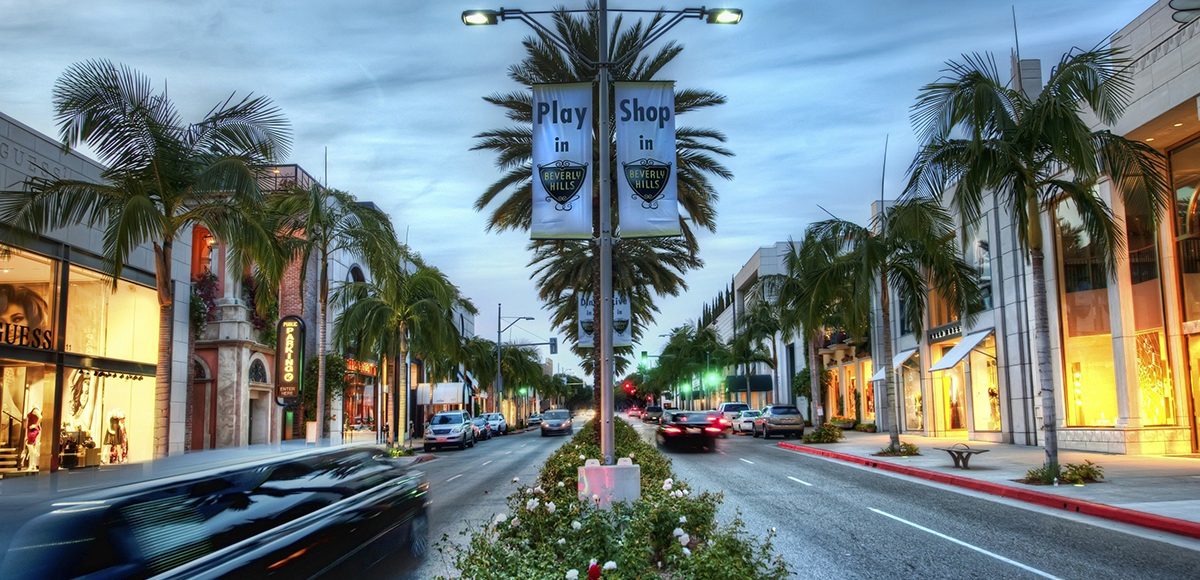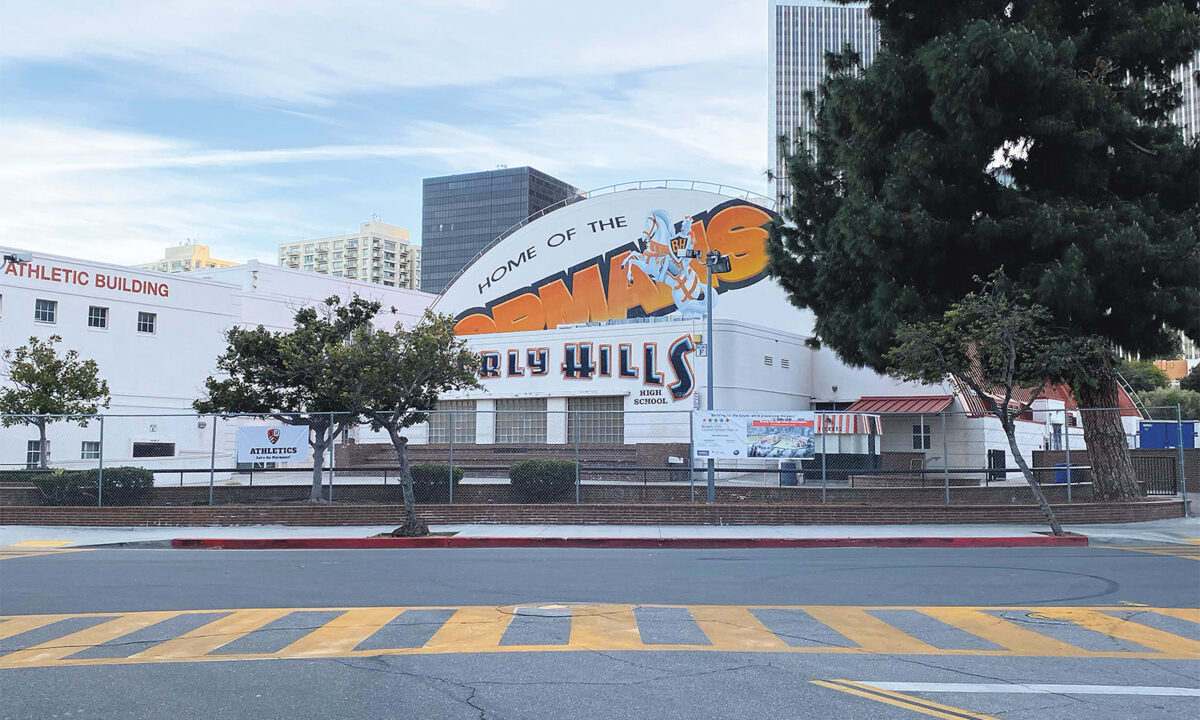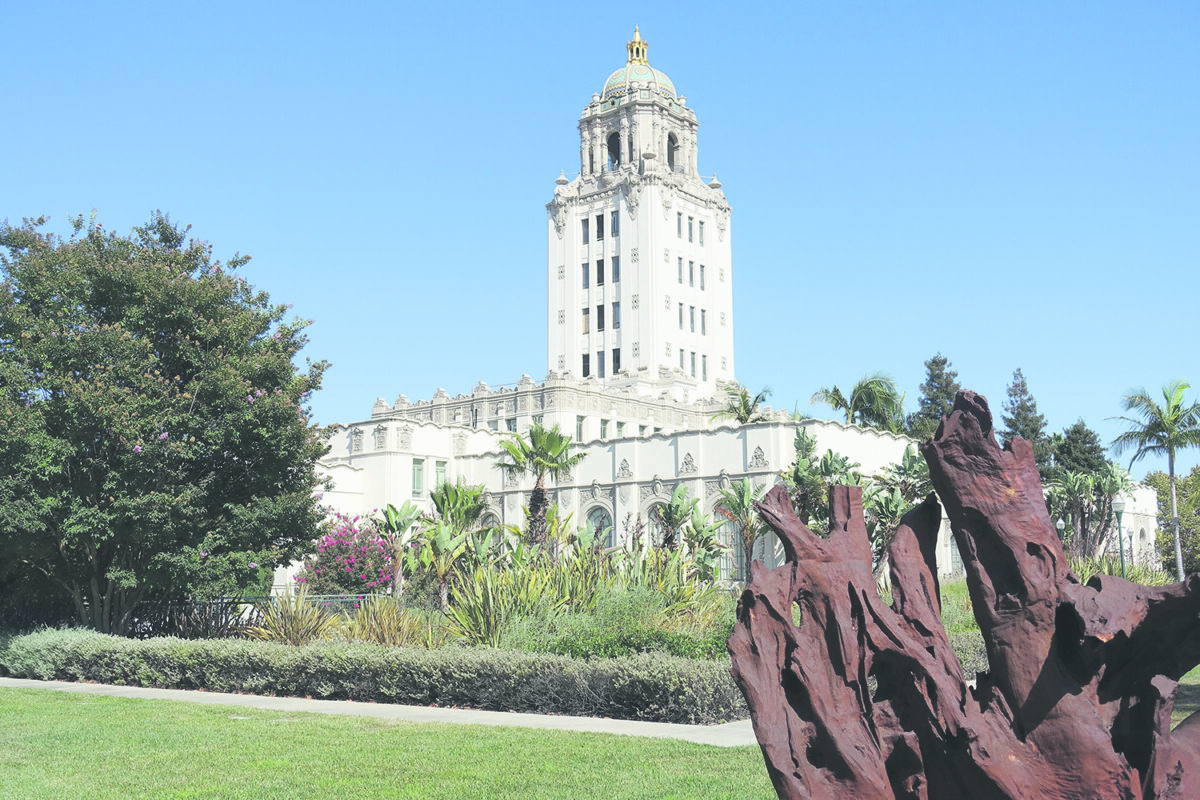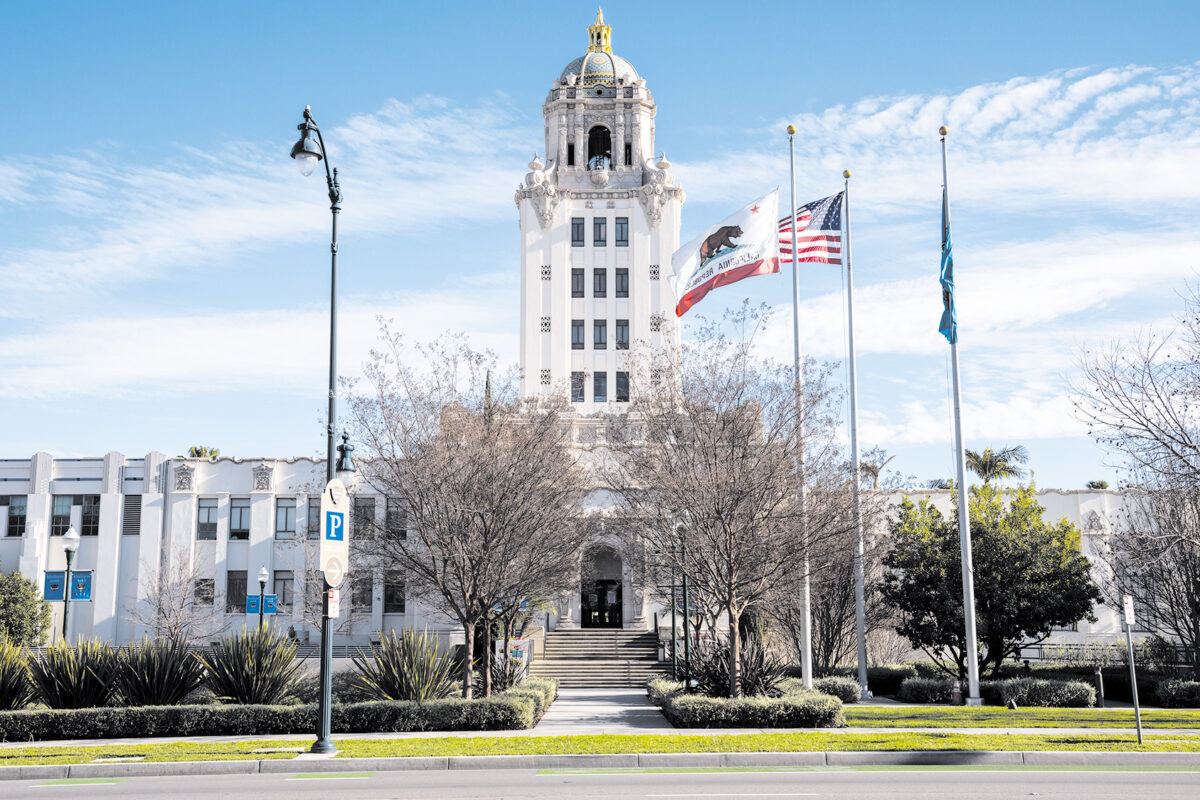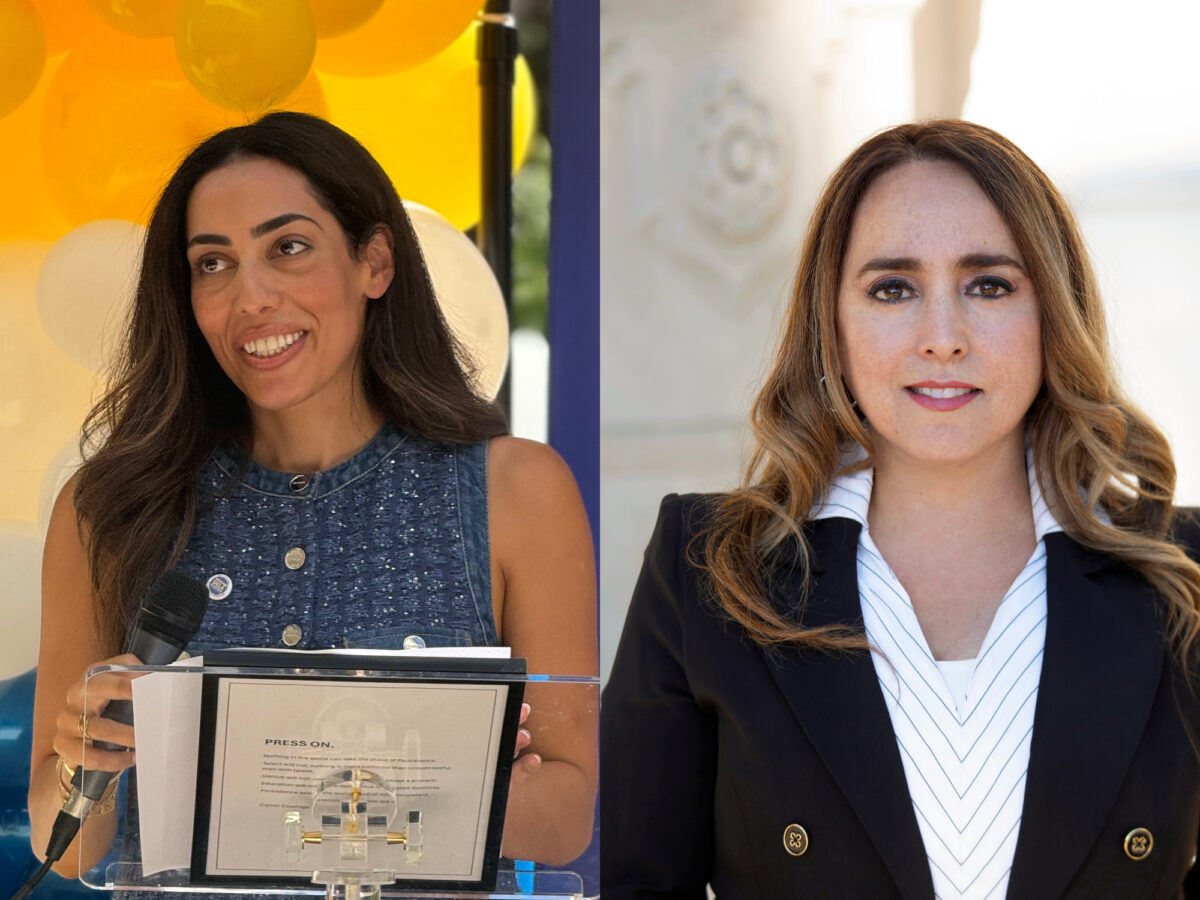The Strategic Planning Committee / Southeast Task Force took up the issue of urban design at its most recent meeting this week in the effort to revitalize the southeast portion of Beverly Hills. While the series of monthly meetings on just how to enliven the area is mostly just talk at the moment, the expectation is that City planners will work to codify the forthcoming recommendations following input from the City Council in order to engender real change.
By creating a distinct design flavor within the area, the southeast has the opportunity to transform into an iconic section of the city. From aesthetics to architecture and commercial signage and green space, the most recent task force meeting touched on a variety of elements that can define an area. While the group did not reach consensus as to what the area might come to feel like such as a village like Larchmont or its own entertainment district what really evoked passions was the prospect of raising the density in the area to better support businesses.
“Unless you allow for higher density building…you’re not going to revive that area,” suggested one attendee.
However, with little support on the part of the City to ease height restrictions or encourage Transit Oriented Development projects around the forthcoming subway portal at Wilshire and La Cienega, set to come online in 2023, a deeper discussion on increased density is currently moot.
Director of Community Development Susan Healy Keene highlighted seven elements that most successful areas have: things for all ages; comfort; activity; a sense of enclosure; a comfortable temperature and protection from the elements; a sense of surprise, play or wonder; and places to linger.
While no one in the room wanted to create another Rodeo Drive arguably Beverly Hills’ most iconic street there was nary a voice of dissent about the desire to create a memorable neighborhood. Senior planner Timothea Tway said that by simply regulating signage, an area could change its character. For example, she said that by requiring all signs to look similar via a template, which the city can require businesses to use be they cutesy, neon or historic an area like Robertson could quickly start to feel like a pedestrian oriented village.
“I think it could become another Larchmont, if it’s done well,” one resident opined about the stretch of Robertson, which already possesses a distinctly quaint urban feel. “It has all the possibilities.”
Similarly, requiring a specific type of signage on Wilshire or even encouraging ground floor commercial use could swiftly change the way buildings and sidewalks interface.
“You want to be able to get out of the station and say, ‘I’m in Beverly Hills,'” Tway suggested.
Of course, if the area is dormant, as are many swaths along Wilshire now, businesses will be hard-pressed to survive with quasi zero foot traffic. But with revitalization, comes the prospect of encouraging more spillage from business into public space.
“You can have the nicest designed building, but if no one’s shopping there or working there, it’s all for nothing,” noted one resident who highlighted the importance of activating the area.
“We want to make it walkable, we want to make it pedestrian friendly, how do we do that?” queried another attendee.
While discussions on building design may not immediately contribute to an active environment, they are a necessary first step. And the city does have a lot of power at its disposal to do things like require private developers to create small public spaces in new developments.
Of course, changing the urban design is just one of a multiplicity of avenues the city can take to create a more pedestrian friendly area. In fact, the hour-long strategic meetings, which are held on the second Monday of the month and highlight specific areas of concern, are intended to bring about changes that will encourage new businesses to open, augment safety and entice visitors to walk around an area that has long been considered to have yet to achieve its potential. Next month’s meeting is slated to discuss arts and culture.



